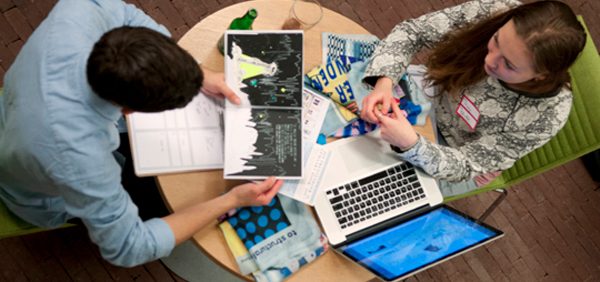One of the highlights of the annual Pride in Print Awards is the Apprentice of the Year - celebrating emerging industry talent. The team at GSM donned our best threads and went along to catch up with the five finalists. Pride in Print 2022 was held in the newly opened Te Pae Christchurch Convention Centre—a stunning venue for this prestigious event. As always, one of the most anticipated awards bestowed on the night is the BJ Ball Apprentice of the Year— propelling a select group of emerging industry talent into the limelight. For the Apprentice of the Year awards—one finalist...
New Zealand Print Apprentice of the Year Awards 2022











